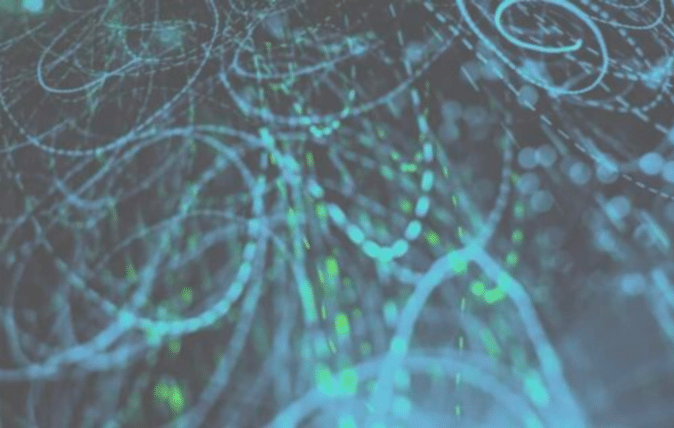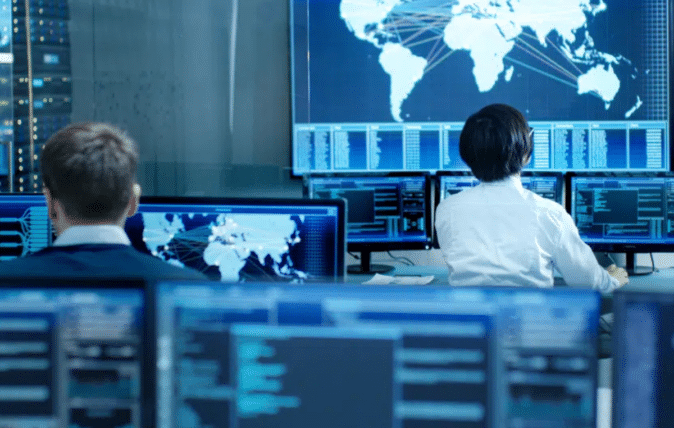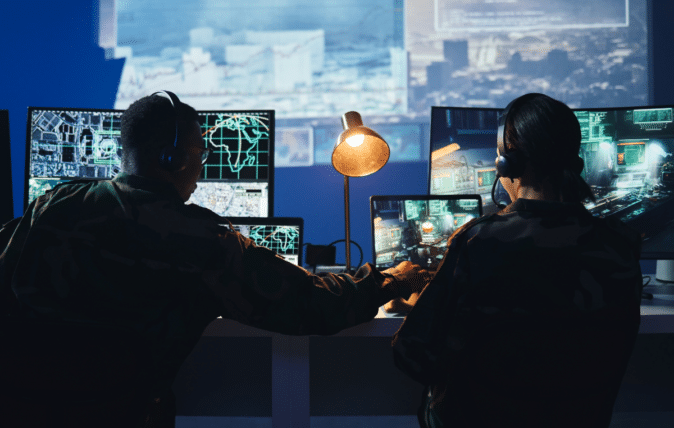How to Build Situational Awareness Faster in Your Organization
See how modern advancements emphasize the benefits of integrated technology in enhancing faster threat detection and response.

Situational awareness is mandatory for the modern security professional. Understanding where threats originate and their vector relative to your principals and assets helps companies mitigate risk and protect their operations.
In the past, corporate security teams relied heavily on deterrence, hoping that high enough walls, cameras in the right places, and a visible guard force were enough to prevent crime, violence, and other security threats.
Awareness was limited, and the situational awareness techniques companies and security providers used relied on a relatively narrow view of the threat landscape.
Now, however, situational awareness plays an essential role in helping companies manage risk and resources. Situationally aware businesses anticipate threats and navigate challenges more deftly, creating optimal conditions to pursue their missions.
What is Situational Awareness?
Situational awareness usually refers to a person’s or organization’s understanding of risks around them. It’s about knowing when there are changes in threat levels and how it affects them.
When used effectively, awareness of the situation prevents risks to a company or individual. It keeps them safe and avoids the unnecessary loss of life, property, or profit.
Finding ways to make people and companies more situationally aware helps them use resources efficiently and sidestep credible threats.
Situational Awareness in the Modern Security Environment
Decades ago, situational awareness often referred to someone’s or an organization’s approach to personal physical security. For example, it meant knowing whether someone was following you or trying to steal your credit card information. In addition, awareness involved understanding local crime rates and how they should impact people’s movements.
These are still basic tenants of situational awareness safety. However, modern technology and a more complex threat landscape offer a more comprehensive approach that delivers more value to companies and their security teams. Here’s how.
More Signals
Every security professional will tell you more signals are available than ever. However, that can be a blessing and a curse when attempting to be aware of the situation. Too many signals managed poorly can confuse and delay response. However, using technology to sort through signals to recognize patterns is vital to more quickly surfacing threats.
Holistic Platforms
Holistic situational awareness is more manageable when all your information is on a single platform. Now, corporate security programs can collaborate and update threat assessments on shared dashboards hosted in the secure cloud.
Contextualized Threats
Armed with more information, security organizations can begin to contextualize threats. They can assign more precise risk ratings to locations and principals, which makes their awareness more attuned to actual threat environments.
Curated Feeds
Not only does modern situational awareness software collect more signals, but it also delivers more channels previously inaccessible to protective intelligence teams. For example, leading cyber situational awareness tools monitor threats on social media, the dark web, and other custom data feeds.
How Situational Awareness Software Augments Human Intelligence
Companies build better situational awareness security with more accurate information delivered on time. Conversely, incorrect information can hide real threats, and inefficient timing affects appropriate security responses.
The best physical security and cyber situational awareness dashboard delivers trend analysis of past data and offers forward-looking insights based on what’s on the horizon.
For instance, effective security managers and their teams will use past crimes, insider threats, and other risk information to deploy resources and develop proper security communications to management and employees. Improved situational awareness technology also enables them to monitor the locations of vital assets and where they’re particularly vulnerable before deploying the necessary security measures.
But how do they measure risk and deployment of measures? What if the threat landscape changes?
Here are five ways security teams are using technology to enhance situational awareness in the workplace:
01
Curated News Feeds
The availability of information on the web can be overwhelming, especially for smaller security teams. Modern situational awareness software, however, allows for curated feeds for specific locations, keywords, or employee names. Rather than casting a wide net, companies can focus news and social media searches more effectively.
02
Interactive Mapping Tools
Data manipulation is a significant benefit of threat assessment and situational awareness platforms. If you’re part of security operations or a protective intelligence team, you can move faster and build better assessments with interactive maps that display data, local events, and other relevant information.
03
Visualization
Corporate security teams must quickly communicate threats and risk level changes. This typically means sharing data through visualization tools like heat mapping and charts that are easier for decision-makers to interpret.
04
Predictive Models
How do you know when a certain number of interactions with a Person of Interest (POI) constitutes a more significant threat? An excellent situational awareness assessment has built-in escalation protocols that make reacting easier and faster.
05
Better Security Outcomes
Armed with accurate data on a unified platform, security professionals build an advanced understanding of challenges facing the security industry. With better insider threat awareness, they can reduce the risks of everything from workplace violence to executive travel.
Unified Cyber Situational Awareness
Increasingly, cyber security threats have physical safety implications. In addition, company leadership teams increasingly promote synergies between cybersecurity and physical security teams for better overall awareness.
Astute security managers monitor cyber threats and understand how they will impact the physical world. For example, data breaches or intellectual property theft can trigger outrage online, which then develops into protests or threats of violence against company executives.
Innovative enterprise security software solutions establish an arena with advanced situational awareness where cyber, physical security, HR, legal, and other corporate teams work together. They facilitate information sharing that delivers accurate and critical intelligence to people who need better awareness by breaking down silos that frequently block risk mitigation.
Improving your Employee Awareness
While some sectors are changing faster than others, most businesses face significant shifts in how and where work gets done. Modern corporations employ global teams of skilled workers no longer restricted by physical location. As a result, people work from home more often, and a company’s most valuable assets are increasingly digital. Working to establish more awareness for global intelligence and threat analysis is a challenge.
Ask any security manager, and they’ll tell you that protecting people, operations, assets, and reputation is much harder in flexible work settings. So how are leading corporate security programs managing risks today?
To meet these demands, businesses must build more proactive security messaging that highlights the importance of situational awareness and ties the importance of being situationally aware to the company’s mission.
Knowing how to spot threats early and provide common-sense security advice will help keep people safe no matter where they are. One of the significant advantages of the best situational awareness software tools is that they make an integrated view of threats and report-making a reality.
Awareness Enhances Security Resource Management
The right technology solutions save security teams time and money. In addition, they increase overall awareness of a situation. As a result, managers can allocate resources faster and make informed investments that improve capabilities and long-term outcomes.
Many companies with internal security departments need help managing operations across different software platforms. Unfortunately, it’s hard to read between the lines when people have incomplete information or are unfamiliar with the tools they’re using.
Old solutions and insufficient data are barriers to situational awareness and safety. Typically, companies spend more on allocating physical security measures where they aren’t needed. Spending more than is necessary is unfortunate, but the opposite can be worse. What if companies are slow to react to threats in places without comprehensive physical or cyber security in place? Usually, the costs are much higher due to losses.
The best intelligence and threat detection solutions come from situational awareness platforms that combine old systems with new tools to help security organizations integrate across locations and teams. Decision-makers with a comprehensive view of their threat landscape avoid the uneasiness of missed signals. They act more confidently, knowing they have the situational awareness solutions to look at past trends for clues and address future threats in real-time.
How Does Ontic Support Situational Awareness Security?
When searching for situational intelligence awareness software or some other way to more quickly surface threats, consider what Ontic delivers:
01
Smart data feeds that focus on critical signals and filter noise, so users spend time on what’s most important at the moment
02
Visualization and maps that reveal actions and contextualize threat information in relation to key places and people
03
A holistic, connected picture via an organizational situational awareness dashboard from continuously gathered real-time data and monitored resources
By integrating security systems that matter to your organization, your teams get one view with all of the critical information so they can effectively detect and respond to threats with confidence.







